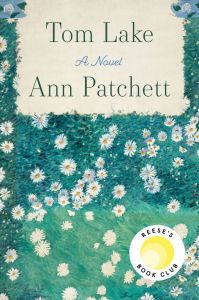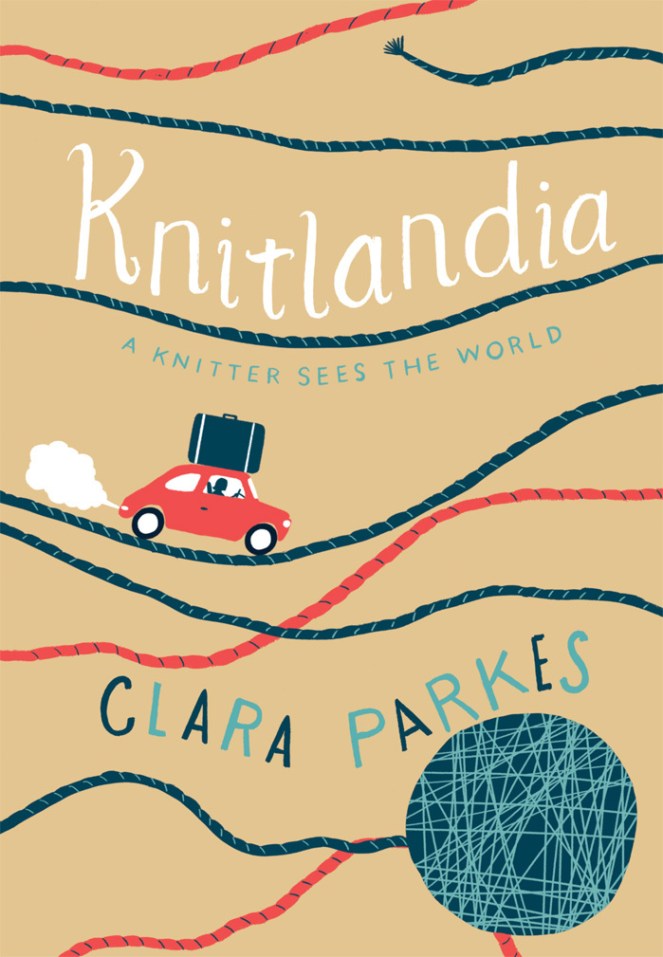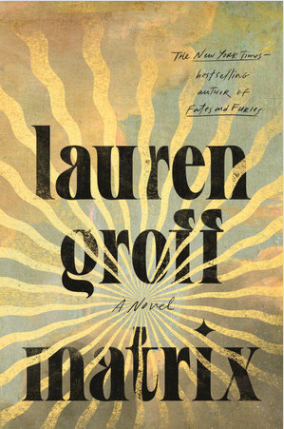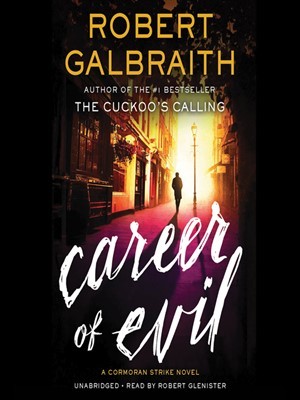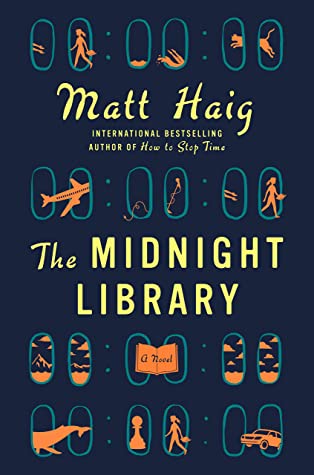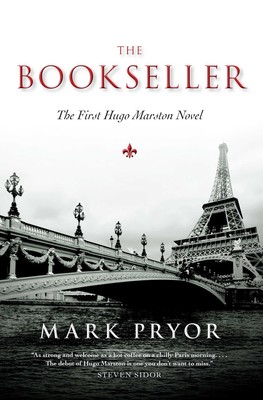The news that a Brooklyn Center police officer fatally shot Daunte Wright during a traffic stop Sunday afternoon haunts my thoughts this week. There is a shocking dissonance in this spring time, this vaccination time, when we should be focusing on new beginnings as the sun shines longer, crocuses offer a burst of color and vaccinations rates are increasing, that we are once again facing the ugly underbelly of an unjust society.
Last summer, I was appalled by the sinful video footage showing George Floyd’s murder on a Minneapolis street. After the death of so many black men and, as we know from the shooting of Breonna Taylor in her own home, the shooting of black women, I wondered, how can this happen? With those first thoughts of outrage I wanted to place responsibility for what we as a society were becoming on the rhetoric of the past four years. But life is not that simple. I knew we did not simply become a racist society with the results of one election. I recognized that it was only as the hateful rhetoric went viral and the incidents of violence against People of Color went virtual that I became increasingly aware of what is and what has always been a dramatic difference between my safe white environment and threatening world faced daily by People of Color.
I did take some hope that we may have reached a tipping point last summer as people across the world spontaneously marched. White celebrities sat down with Emmanuel Acho for Uncomfortable Conversations with a Black Man. Lewis Hamilton wore a Black Lives Matter t-shirt on the starting grid and on the winner’s podium even as racers sprayed champagne. And, Formula 1 cars now carry a #WeRaceAsOne logo as a visible display of a new “initiative aimed at tackling the biggest issues facing the sport and global communities – the fight against COVID-19 and the condemnation of racism and inequality.”
Over the past seven months, our Common Read at church delved into the hard and realistic truth that the injustice playing on our screens again this week is not new but is as old as the country itself. As we read, we were reminded with each well crafted paragraph, each page we turned that injustice is deeply woven into the fabric of our society. That violence happens every day. We need only look to other April days to recall shocking events:
- April 1873 – A white mob massacred an estimated 150 Black voters over the results of a hotly contested gubernatorial election;
- April 1956 – Four white men attacked signer Nat King Cole while he was on stage performing for a white audience;
- April 1968 – Dr. Martin Luther King, Jr. was assassinated.
Earlier, I blogged about one of our Common Read titles, a powerful anthology, A Good Time for the Truth: Race in Minnesota. It is an eye-opening collection of personal stories shared by 16 Minnesota authors of Color that sheds light on life in our state and in our time. In the book’s introduction, poet Sun Yung Shin, who edited A Good Time for the Truth, offers both a challenge and words to help guide us.
Good people need to take action continuously, and I would say daily, until [racism] is dismantled. Because lives are at stake, every day; on sidewalks, in doctor’s offices, in the waiting room of the bank, and, most importantly, in classrooms.
I believe we can do it. I know I am not alone in this conviction.
People of color and Indigenous people know with a specific, agonizing intimacy that racism was constructed and upheld by white society (in spaces such as the police precinct, the courtroom, school board meetings, newsrooms, Hollywood studios, mortgage loan offices, and everywhere power has resided in America) in order to confer unearned advantages on white people. It is as simple as that. It’s not a law of nature. It’s culture. It’s something we made, invented, maintained. Since it was made, like a vast machine, it can be unmade, and it must. ...
Change is necessary.
